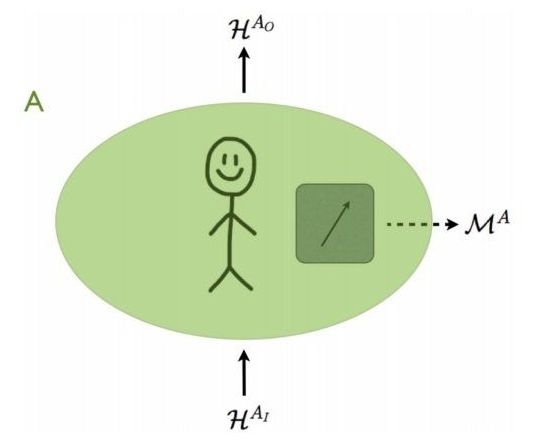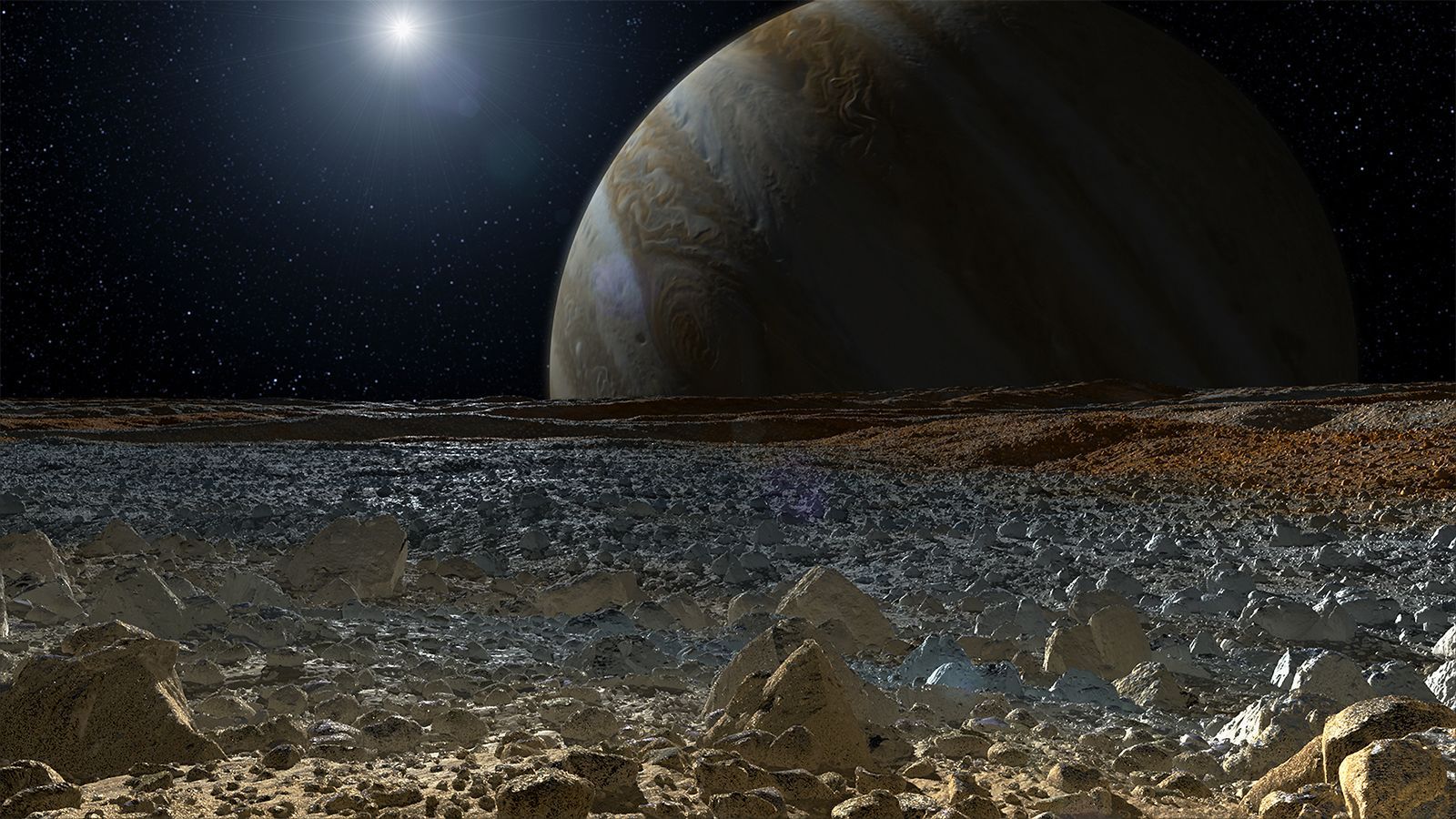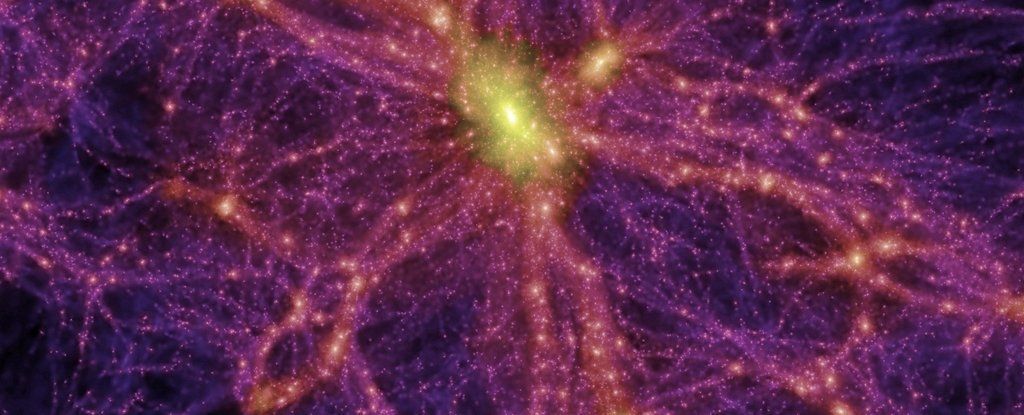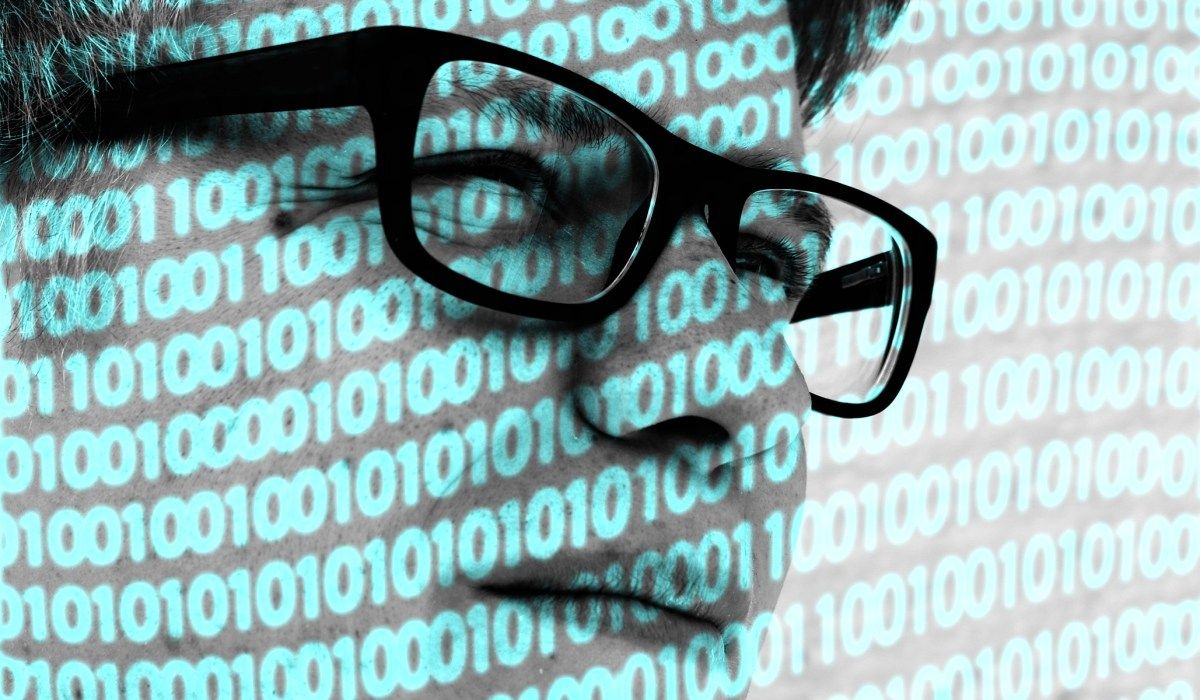Page 9766
May 14, 2018
It’s Not Just Hawaii: The U.S. Has 169 Volcanoes That Could Erupt
Posted by Genevieve Klien in category: habitats
There are potentially active volcanoes all over the West and Alaska as well as Hawaii, and about 50 are considered high priorities for monitoring. Here is where to find them.
A plume of volcanic ash rose above the island of Hawaii on May 4. The long-running eruption of the Kilauea volcano, one of the most active in the United States, has destroyed houses and forced evacuations. Credit U.S. Geological Survey, via Associated Press.
May 14, 2018
Pig Virus Makes Unexpected, Problematic Leap Into Human Cells
Posted by Genevieve Klien in categories: biotech/medical, health
In a paper published Monday in the journal Proceedings of the National Academy of Sciences, researchers demonstrated that the virus could infect human cells as well as the cells of cats and chickens. Even though PDCoV appears to be limited to pigs at the moment, scientists suspect that its sudden appearance in 2012 occurred as a result of a rapid “host switching” event in which the virus adapted to infect pigs, possibly from birds. It causes diarrhea and vomiting in pigs and can be fatal, especially in nursing young. The virus’s probable history, coupled with some specific aspects of how it infects cells, has scientists worried that it could become a threat to human health.
Article continues below.
May 14, 2018
New quantum probability rule offers novel perspective of wave function collapse
Posted by Genevieve Klien in category: quantum physics
Quantum theory is based heavily on probabilities, since measuring a quantum system doesn’t produce the same outcome every time, but instead yields one of many outcomes that each occur with a certain probability. Now in a new paper, physicists have presented a new quantum probability rule for assigning probabilities to measurement outcomes, or events, that essentially combines two of the most important quantum probability rules (the Born rule and the wave function collapse rule) into one.
The physicists, Sally Shrapnel, Fabio Costa, and Gerard Milburn, at The University of Queensland in Australia, have published a paper on the new quantum probability rule in the New Journal of Physics.
One of the most important probability rules in quantum theory is the Born rule, which gives the probability that a measurement yields a certain event. However, things get a little bit more complicated when predicting consecutive events. Although in classical scenarios it’s possible to assign joint probabilities to consecutive events using conditioning, in quantum scenarios this is not possible since each measurement necessarily disturbs the system. So in quantum mechanics, the state must be updated with this new information after every measurement.
Continue reading “New quantum probability rule offers novel perspective of wave function collapse” »
May 14, 2018
Spacecraft May Have Flown Right Through a Plume of Water on Jupiter’s Moon Europa
Posted by Genevieve Klien in category: space travel
Sometimes, scientists have the answers all along—they just don’t think to ask the question. For example, it appears that in 1997, the Galileo orbiter flew through a jet of water shooting out from Jupiter’s moon Europa without even trying.
Scientists think that Europa has an ocean below its icy surface, which could be a big deal. When we hear water, we think “life,” and maybe life found a way in Europa’s ocean. Recent Hubble space telescope images appeared to show evidence for this ocean in the form of plumes of water shooting forth from cracks in the moon’s surface ice. So, a team of researchers in the U.S. thought, maybe there’s more evidence for these plumes elsewhere, like in 20-year-old data from the Galileo orbiter.
“This wasn’t planned out,” study author Xianzhe Jia from the University of Michigan told Gizmodo. “It just so happened that the spacecraft passed through a region where we saw plumes. It was fortuitous.”
May 14, 2018
The Multiverse Could Be Teeming With Life But Is Also Problematic, Says New Study
Posted by Genevieve Klien in category: cosmology
According to the current dominant theory, if there are other universes out there, they’re not likely to have life. But now an international team of researchers has demonstrated that the Multiverse is more hospitable than we thought.
The Multiverse hypothesis — wherein our observable Universe is just one of many universes — is a proposed explanation for the not-large-enough amount of dark energy in the empty space in our Universe.
We don’t really know what dark energy is — it’s the name we give to the force that drives the expansion of our Universe, which, contrary to pretty much everything else we observe, accelerates over time instead of slowing down.
May 14, 2018
Transhumanism: A Wail of Despair in the Night
Posted by Zoltan Istvan in categories: life extension, transhumanism
A new critical story on #transhumanism out in the National Review:
Its promise of a kind of immortality is an ersatz version of Christian hope for a resurrection in a glorified body.
May 14, 2018
Six 3D Printing Companies Changing the Future of Humans in Space
Posted by Klaus Baldauf in categories: 3D printing, engineering, space
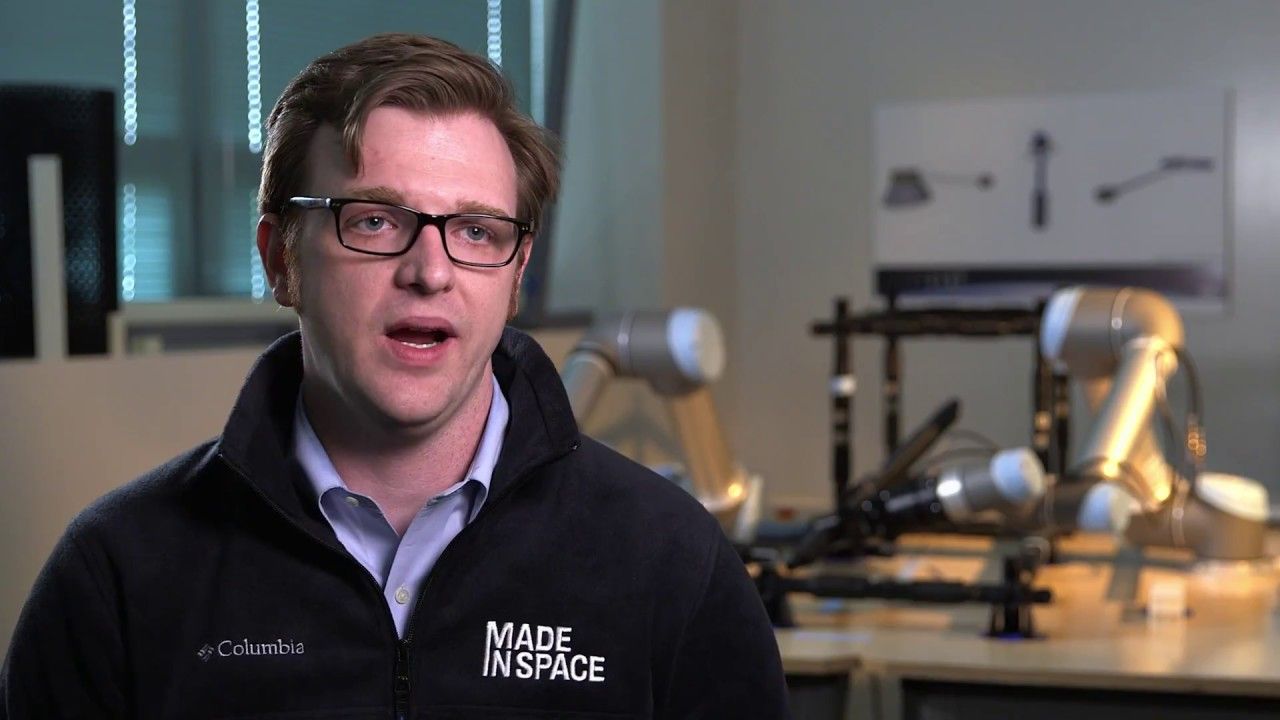
https://youtube.com/watch?v=e2N1i7_13QM
Engineering.com lists some of the most exciting companies that are using 3D printing to take humans into space.
May 14, 2018
Computer scientists made a chip that processes information like neurons, but works with light
Posted by Marcos Than Esponda in category: robotics/AI
These types of chips push the boundaries of artificial intelligence even further.
Intelligent Machines.
Silicon Photonic Neural Network Unveiled.
May 14, 2018
Why the Discovery of Room-Temperature Superconductors Would Unleash Amazing Technologies
Posted by Klaus Baldauf in categories: energy, quantum physics, sustainability
Superconductors are among the most bizarre and exciting materials yet discovered. Counterintuitive quantum-mechanical effects mean that, below a critical temperature, they have zero electrical resistance. This property alone is more than enough to spark the imagination.
A current that could flow forever without losing any energy means transmission of power with virtually no losses in the cables. When renewable energy sources start to dominate the grid and high-voltage transmission across continents becomes important to overcome intermittency, lossless cables will result in substantial savings.
What’s more, a superconducting wire carrying a current that never, ever diminishes would act as a perfect store of electrical energy. Unlike batteries, which degrade over time, if the resistance is truly zero, you could return to the superconductor in a billion years and find that same old current flowing through it. Energy could be captured and stored indefinitely!



